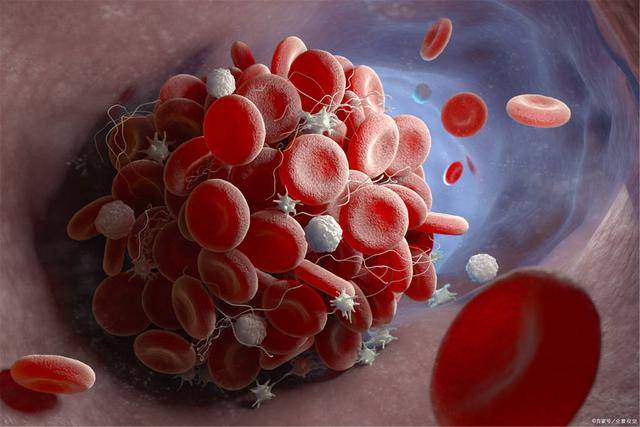Triglycerides, as an important component of blood lipids in the body, are crucial for human health. However, in recent years, more and more people have been experiencing elevated triglyceride levels, which can easily affect personal health.
Under normal circumstances, the normal reference range for triglycerides is 0.45-1.69 mmol/L. When it exceeds 1.7 mmol/L, it is a sign of elevated triglycerides in the body. It is important to pay attention to appropriate adjustments to avoid the occurrence of hyperlipidemia.
Moreover, when triglycerides are elevated, several parts of the body also exhibit noticeable signals that should not be ignored.
When triglycerides are high, four parts of the body may signal the issue, so it’s crucial not to dismiss them.
1. Limbs. Elevated triglycerides increase blood concentration and narrow blood vessels, leading to poor blood circulation. Poor blood supply to the limbs can result in numbness and weakness, indicating high triglyceride levels that should not be ignored.
2. Chest. Elevated triglycerides can lead to insufficient blood supply to the heart muscle, causing ischemia and hypoxia, resulting in chest tightness and shortness of breath. If you experience these symptoms, it is a sign of elevated triglycerides and prompt medical examination is recommended.
3. Vision. Elevated triglycerides cause the exposure of blood vessels, leading to decreased vision when lipoproteins invade the macula. If such vision changes occur, immediate medical examination is advised to prevent hyperlipidemia from affecting vision health.
4. Brain. Elevated triglycerides can impact blood circulation in the body, resulting in insufficient blood supply to the brain, leading to dizziness and headaches. Prompt medical evaluation is necessary to prevent uncontrolled elevation of triglycerides and its impact on personal health.
Therefore, elevated triglycerides manifest noticeable signals in the four mentioned parts, urging early medical attention to prevent worsening conditions. Besides, adjusting daily diet habits can help stabilize blood lipids and protect blood vessels.
Elevated triglycerides? Avoid 2 things, consume 2 fruits, drink 2 types of water, and possibly give your blood vessels a “spring cleaning.”
【Avoid 2 things】
High cholesterol foods. Excessive intake of high-cholesterol and high-fat foods can cause obesity and increase unsaturated fatty acids, leading to toxins accumulating in blood vessels. Avoid high-cholesterol foods like cakes and creams to maintain vascular health.
Spicy foods. Consuming spicy foods can damage gastrointestinal function and affect triglyceride levels, leading to vascular damage. It is advisable to avoid such stimulating foods promptly to reduce vascular irritation and maintain stable blood lipid levels.
【Consume 2 fruits】
Hawthorn fruit. People with high triglycerides can regularly consume hawthorn fruits due to their rich nutrient content. The flavonoids in hawthorn can enhance metabolism, detoxify the body, and lower triglyceride levels, contributing to vascular health.
Apple. Apples not only aid in beauty, weight loss, and contain vitamins and pectin, which help remove oily particles from the intestines. This fruit can reduce cholesterol and triglyceride levels, protect blood vessels, and prevent blockages to maintain vascular youthfulness.
【Drink 2 types of water】
Celery juice. Celery, rich in dietary fiber, promotes gastrointestinal motility and toxin elimination, assisting in weight control and blood pressure management. It can lower cholesterol and triglyceride levels, safeguard blood vessels, and prevent blockages, making it a cleansing agent for blood vessels.
Buckwheat tea. Individuals with elevated triglycerides can consume buckwheat tea regularly as it contains linolenic acid, flavonoids, and rutin. These components inhibit cholesterol formation, boost metabolic processes, detoxify the body, reduce blood density, and prevent vascular blockages, contributing to vascular health.
That’s it for today’s sharing. Feel free to follow for more updates. Thank you for reading and supporting. I wish you a healthy and carefree life. Until next time!


